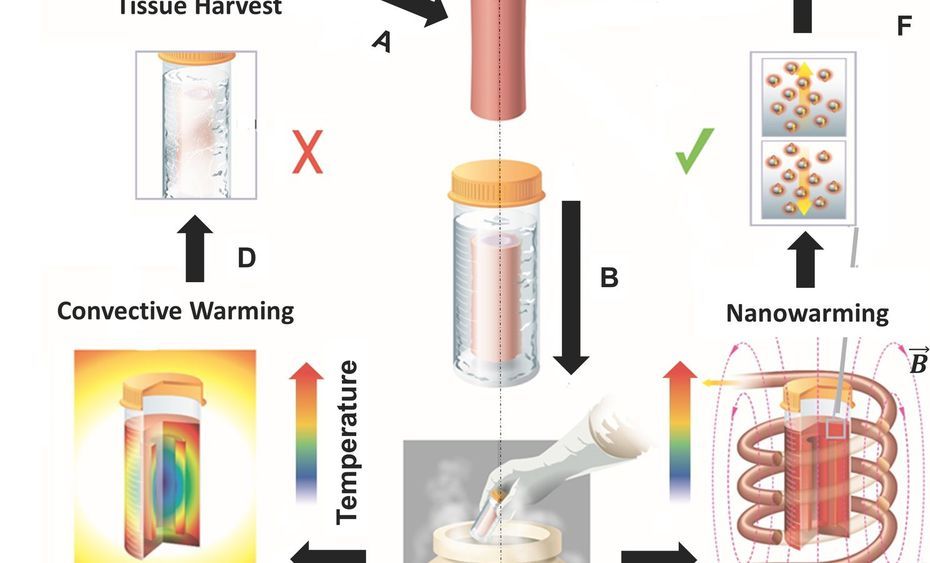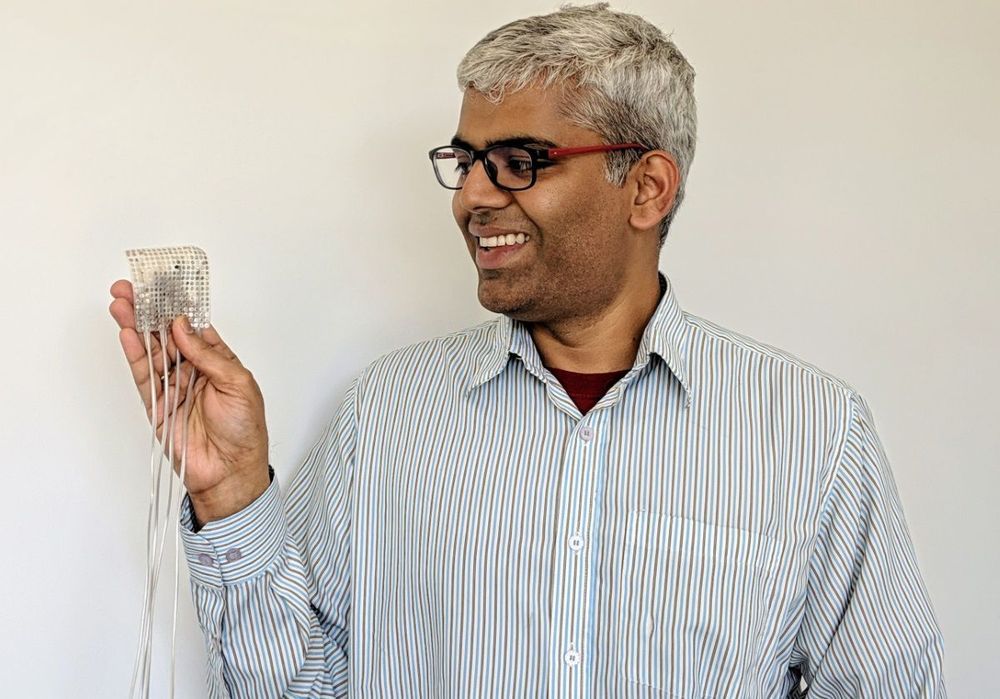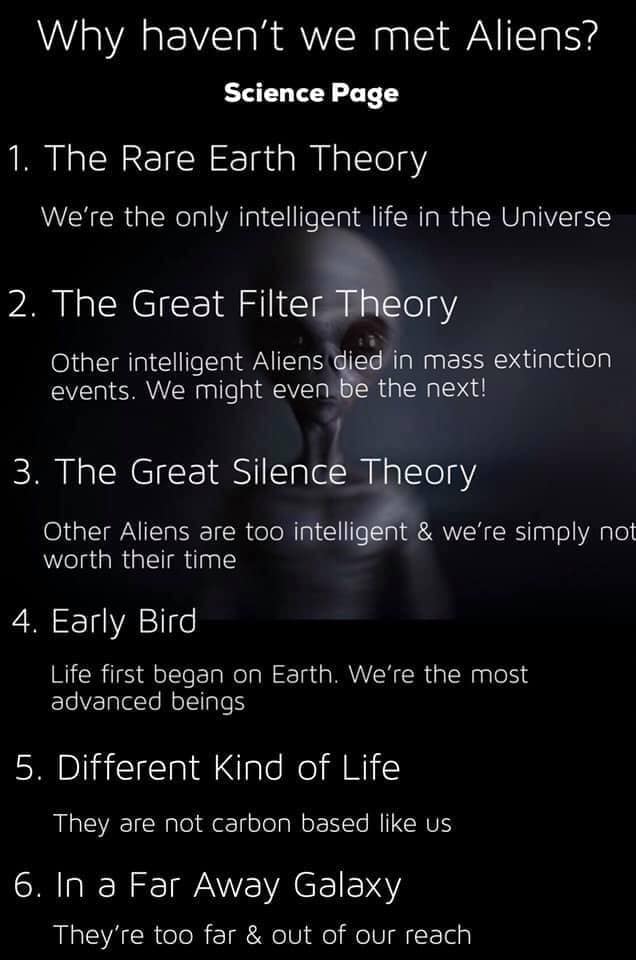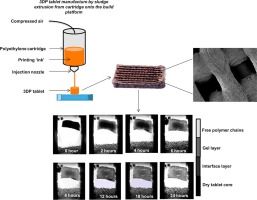Page 8064
Jan 4, 2020
Hearing through lip-reading
Posted by Nicholi Avery in categories: neuroscience, robotics/AI
“Brain activity synchronizes with sound waves, even without audible sound, through lip-reading, according to new research published in JNeurosci.”
https://www.eurekalert.org/pub_re…/2020–01/sfn-htl010220.php
For more news on neuroscience, artificial intelligence, and psychology, please like and follow our Facebook page: https://m.facebook.com/story.php?story_fbid=502518503709832&id=383136302314720
Jan 4, 2020
Scientists Find Evidence a Strange Group of Quantum Particles Are Basically Immortal
Posted by Quinn Sena in categories: life extension, particle physics, quantum physics
Nothing lasts forever. Humans, planets, stars, galaxies, maybe even the Universe itself, everything has an expiration date. But things in the quantum realm don’t always follow the rules. Scientists have found that quasiparticles in quantum systems could be effectively immortal.
That doesn’t mean they don’t decay, which is reassuring. But once these quasiparticles have decayed, they are able to reorganise themselves back into existence, possibly ad infinitum.
This seemingly flies right in the face of the second law of thermodynamics, which asserts that entropy in an isolated system can only move in an increasing direction: things can only break down, not build back up again.
Jan 4, 2020
Clusters of gold atoms form peculiar pyramidal shape
Posted by Xavier Rosseel in categories: food, particle physics, quantum physics
Clusters composed of a few atoms tend to be spherical. They are usually organized in shells of atoms around a central atom. This is the case for many elements, but not for gold! Experiments and advanced computations have shown that freestanding clusters of twenty gold atoms take on a pyramidal shape. They have a triangular ground plane made up of ten neatly arranged atoms, with additional triangles of six and three atoms, topped by a single atom.
The remarkable tetrahedral structure has now been imaged for the first time with a scanning tunnelling microscope. This high-tech microscope can visualise single atoms. It operates at extremely low temperatures (269 degrees below zero) and uses quantum tunnelling of an electrical current from a sharp scanning metallic tip through the cluster and into the support. Quantum tunnelling is a process where electrical current flows between two conductors without any physical contact between them.
The researchers used intense plasmas in a complex vacuum chamber setup to sputter gold atoms from a macroscopic piece of gold. “Part of the sputtered atoms grow together to small particles of a few up to a few tens of atoms, due to a process comparable with condensation of water molecules to droplets,” says Zhe Li, the main author of the paper, currently at the Harbin Institute of Technology, Shenzhen. “We selected a beam of clusters consisting of exactly twenty gold atoms. We landed these species with one of the triangular facets onto a substrate covered with a very thin layer of kitchen salt (NaCl), precisely three atom layers thick.”
The study also revealed the peculiar electronic structure of the small gold pyramid. Similar to noble gas atoms or aromatic molecules, the cluster only has completely filled electron orbitals, which makes them much less reactive than clusters with one or a few atoms more or less.
Continue reading “Clusters of gold atoms form peculiar pyramidal shape” »
Jan 4, 2020
A new way to warm up frozen tissue could help with the organ shortage
Posted by Paul Battista in categories: biotech/medical, cryonics, life extension, nanotechnology
This technology may one day be used to revive patient suspended in cryonics.
A new way to warm up frozen tissue using tiny vibrating particles could one day help with the problem of organ shortages.
We know how to cool organs to cryogenic temperatures, which is usually below 320 degrees Fahrenheit. But the organs can’t be stored for long — sometimes only four hours for heart and lungs — because they get damaged when you try to warm them up. As a result, more than 60 percent of donor hearts and lungs aren’t transplanted. In a study published today in Science Translational Medicine, scientists used nanoparticles to warm up frozen tissue quickly and without damaging the organs. Within a decade, this could lead to being able to store entire organs in organ banks for a long period of time, the authors say.
Continue reading “A new way to warm up frozen tissue could help with the organ shortage” »
Jan 4, 2020
Decoder translates brain activity into speech
Posted by Brent Ellman in categories: biotech/medical, computing, neuroscience
Neurological conditions or injuries that result in the inability to communicate can be devastating. Patients with such speech loss often rely on alternative communication devices that use brain–computer interfaces (BCIs) or nonverbal head or eye movements to control a cursor to spell out words. While these systems can enhance quality-of-life, they can only produce around 5–10 words per minute, far slower than the natural rate of human speech.
Researchers from the University of California San Francisco today published details of a neural decoder that can transform brain activity into intelligible synthesized speech at the rate of a fluent speaker (Nature 10.1038/s41586-019‑1119-1).
“It has been a longstanding goal of our lab to create technology to restore communication for patients with severe speech disabilities,” explains neurosurgeon Edward Chang. “We want to create technologies that can generate synthesized speech directly from human brain activity. This study provides a proof-of-principle that this is possible.”
Jan 4, 2020
Australia bushfires: Sydney suburb is hottest place on earth as heat creates storms
Posted by Brent Ellman in category: futurism
Strong winds and high temperatures are expected to bring flames to more populated areas, including the suburbs of Sydney.
Your perspective is always limited by how much you know. Expand your knowledge and you will transform your mind. ~ Dr. Bruce Lipton.
Jan 4, 2020
3D printed, controlled release, tritherapeutic tablet matrix for advanced anti-HIV-1 drug delivery
Posted by Brent Ellman in categories: 3D printing, biotech/medical
A 3D-Bioplotter® was employed to 3D print (3DP) a humic acid-polyquaternium 10 (HA-PQ10) controlled release fixed dose combination (FDC) tablet comprising of the anti-HIV-1 drugs, efavirenz (EFV), tenofovir disoproxil fumarate (TDF) and emtricitabine (FTC).
Chemical interactions, surface morphology and mechanical strength of the FDC were ascertained. In vitro drug release studies were conducted in biorelevant media followed by in vivo study in the large white pigs, in comparison with a market formulation, Atripla®. In vitro-in vivo correlation of results was undertaken.
EFV, TDF and FTC were successfully entrapped in the 24-layered rectangular prism-shaped 3DP FDC with a loading of ∼12.5 mg/6.3 mg/4 mg of EFV/TDF/FTC respectively per printed layer. Hydrogen bonding between the EFV/TDF/FTC and HA-PQ10 was detected which was indicative of possible drug solubility enhancement. The overall surface of the tablet exhibited a fibrilla structure and the 90° inner pattern was determined to be optimal for 3DP of the FDC. In vitro and in vivo d rug release profiles from the 3DP FDC demonstrated that intestinal-targeted and controlled drug release was achieved.
Jan 4, 2020
Israeli researchers develop technology for 3D printing of drugs
Posted by Brent Ellman in categories: 3D printing, biotech/medical
The new technology enables the printing of personalized medications out of hydrogel objects, producing complex structures which can expand, change shape and activate on a delayed schedule. By prescribing personalized medicines, doctors will be able to accurately tailor the exposure and dosage levels for individual patients.
“We now have the technology to replace standard or traditional formulations. The population is getting older so we need to think of solutions,” said Benny.
“We can now think about combining drugs together into one drug instead of ten, to adjust the kinetics of drugs and improve patient compliance in drug administration.”

















